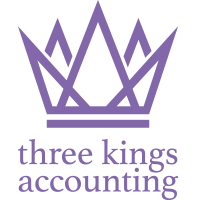Land and Buildings Transaction Tax (LBTT) is payable on the acquisition of a chargeable interest of land or buildings in Scotland. It replaces UK Stamp Duty Land Tax (SDLT) for transactions in Scotland from April 2015.
Who pays the tax?
LBTT is payable by the purchaser in a land transaction occurring in Scotland. Stamp Duty Land Tax (SDLT) applies to land transactions in England and Northern Ireland and Land Transaction Tax (LTT) applies in Wales.
What is a land transaction?
A transaction will trigger liability if it involves the acquisition of an interest in land. This includes a simple conveyance of land such as buying a house, creating a lease or assigning a lease.
When is the tax payable?
The tax has to be paid when a contract has been substantially performed. In cases where the purchaser takes possession of the property on completion, that will be the date. However, if the purchaser effectively takes possession before completion – known as ‘resting on contract’ – that will be regarded as triggering the tax.
Residential rates of LBTT
The rates of LBTT which apply from 1 April 2021 are set out in the following table:
| Residential property | Band % Rate |
| £0 – £145,000 | 0 |
| £145,001-£250,000 | 2 |
| £250,001 – £325,000 | 5 |
| £325,001 – £750,000 | 10 |
| £750,001 and over | 12 |
The rates apply to the portion of the total value which falls within each band.
First-time buyer relief
A LBTT relief applies for first-time buyers of properties up to £175,000. The relief raises the zero tax threshold for first-time buyers from £145,000 to £175,000. First-time buyers purchasing a property above £175,000 also benefit from the relief on the portion of the price below the threshold. All first-time buyers will benefit from a relief of up to £600.
Higher rates for additional residential properties
Higher rates of LBTT are charged on purchases of additional residential properties (above £40,000), such as buy to let properties and second homes.
The main target of the higher rates is purchases of buy to let properties or second homes. However, there will be some purchasers who will have to pay the additional charge even though the property purchased will not be a buy to let or a second home. The 36 month rules set out below will help to remove some transactions from the additional rates (or allow a refund). The 36 month timeframe was extended from 18 months with effect from 1 April 2024. Care will be needed if an individual already owns, or partly owns, a property and transacts to purchase another property without having disposed of the first property.
The higher rates are 8% above those shown in the table above, having increased from 6% from 5 December 2024. The higher rates potentially apply if, at the end of the day of the purchase transaction, the individual owns two or more residential properties.
Some further detail:
- Purchasers will have 36 months to claim a refund of the higher rates if they buy a new main residence before disposing of their previous main residence.
- Purchasers will also have 36 months between selling a main residence and replacing it with another main residence without having to pay the higher rates, if they also own another property which is not their main residence.
- A small share in a property which has been inherited within the 36 months prior to a transaction will not be considered as an additional property when applying the higher rates.
- There will be no exemption from the higher rates for significant investors.
Non-residential rates of LBTT
| Non-residential | Band % Rate |
| £0 – £150,000 | 0 |
| £150,001 – £250,000 | 1 |
| £250,001 and over | 5 |
The Scottish government has LBTT calculators which work out the amount of LBTT payable. The calculators can be found at www.revenue.scot/land-buildings-transaction-tax/tax-calculators.
How we can help
If you are planning to enter into an arrangement to purchase land, we can advise you of the precise impact of LBTT on the transaction so please contact us.


